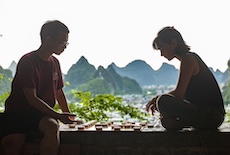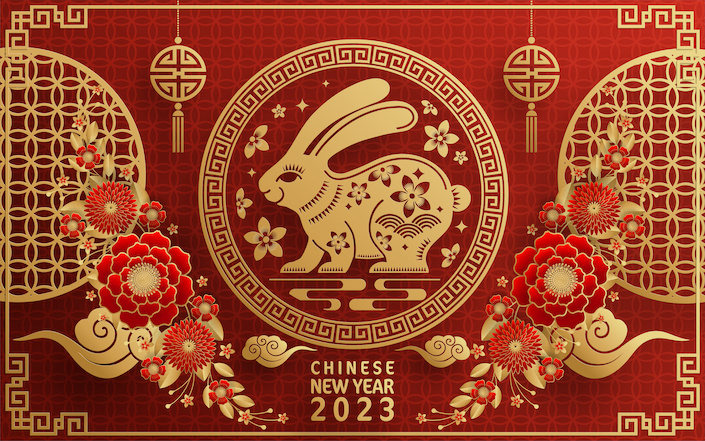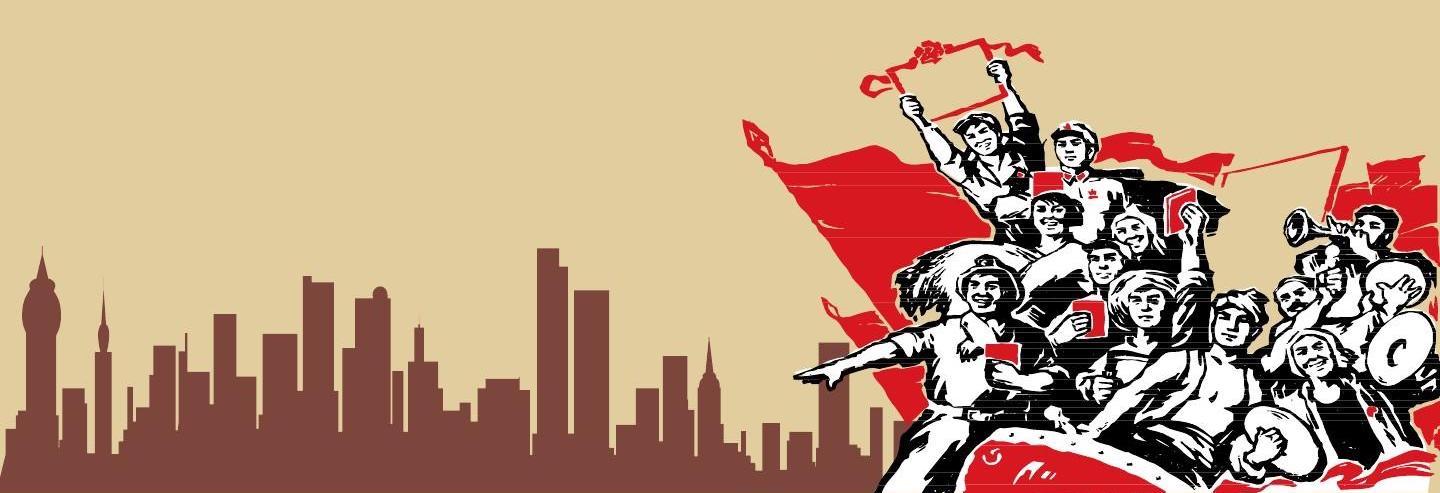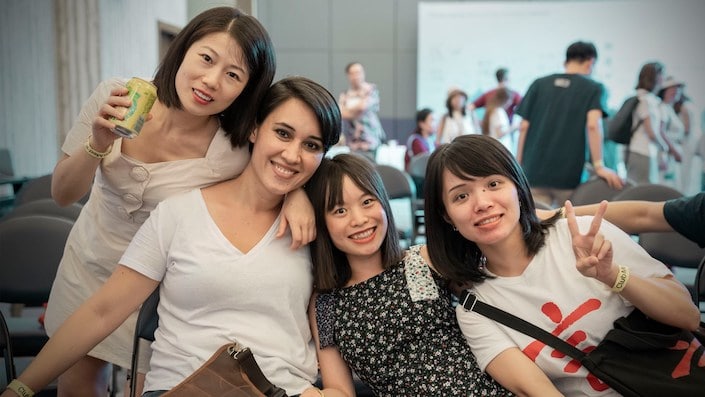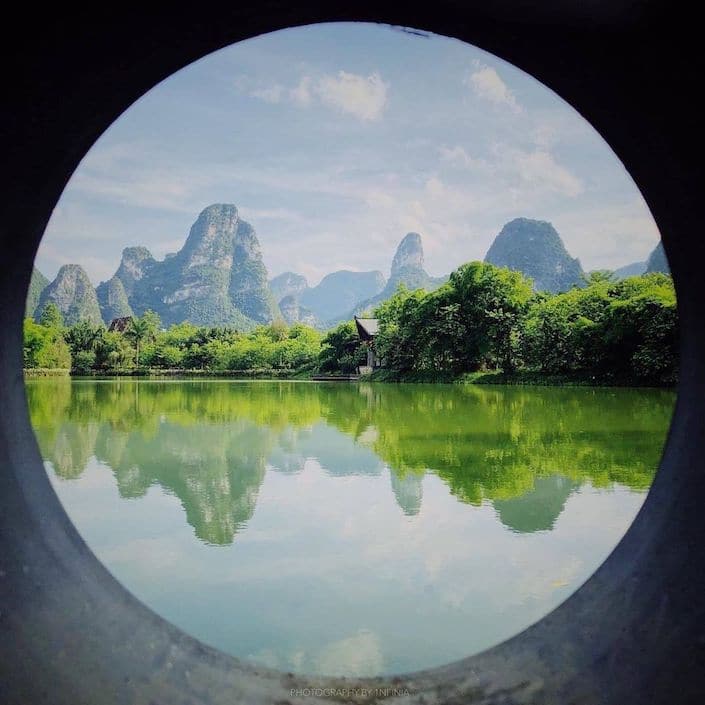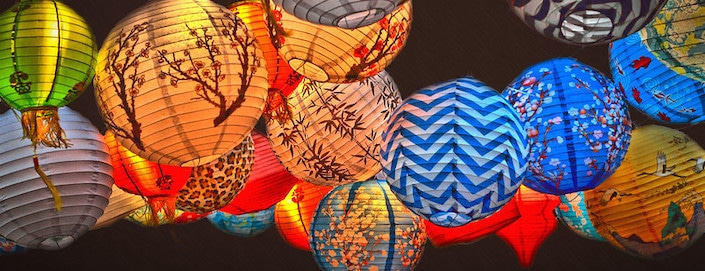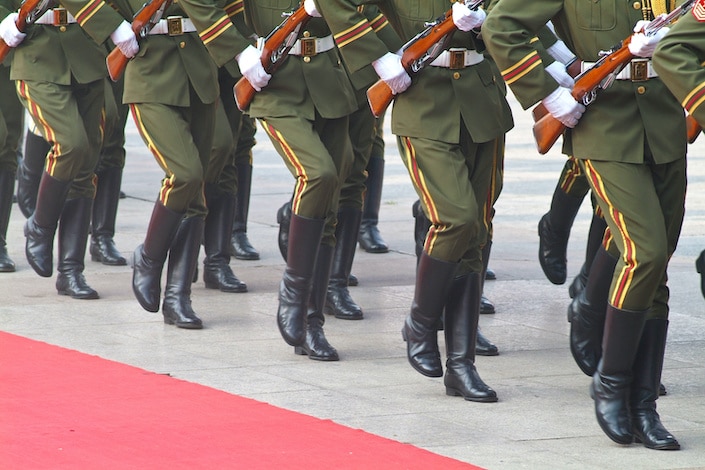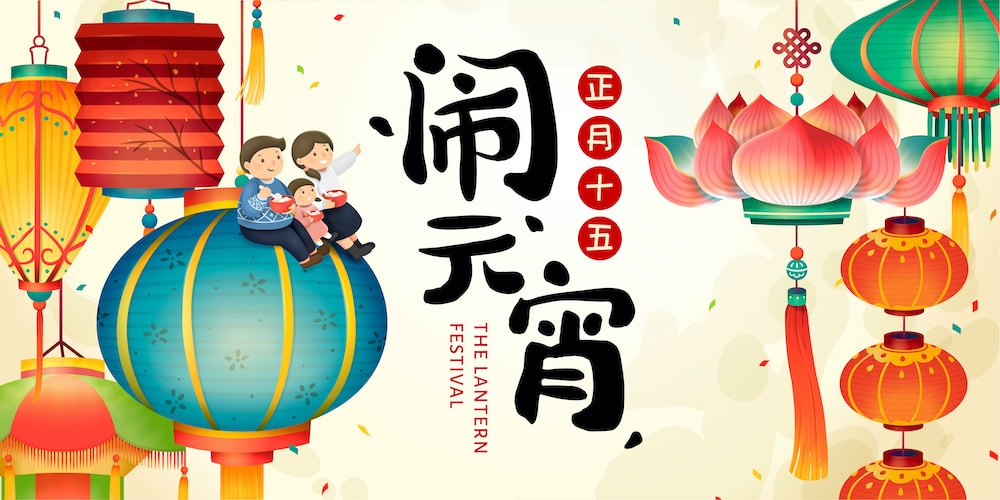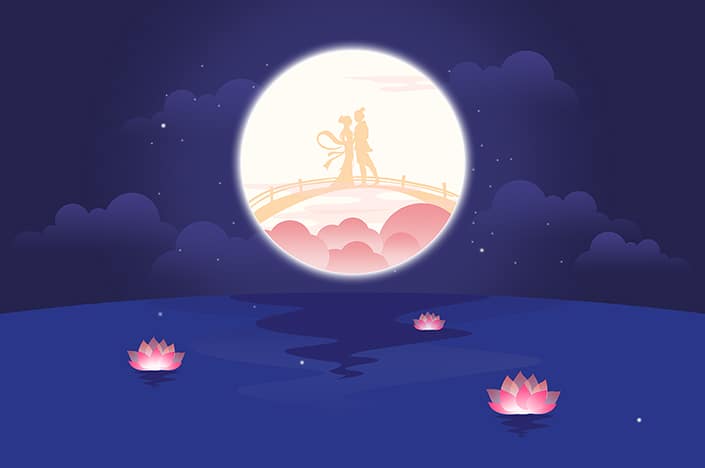What is the Chinese Winter Solstice Festival (冬至) and how is it celebrated?
Learn Chinese in China or on Zoom and gain fluency in Chinese!
Join CLI and learn Chinese with your personal team of Mandarin teachers online or in person at the CLI Center in Guilin, China.
The winter solstice, returning each year between December 20-22 in the Northern Hemisphere and June 20-22 in the Southern, has been a highly meaningful recurring natural event in human societies for millenia. In this article, we'll explore the origins of the Chinese Winter Solstice Festival in particular and examine common celebratory customs in China today.
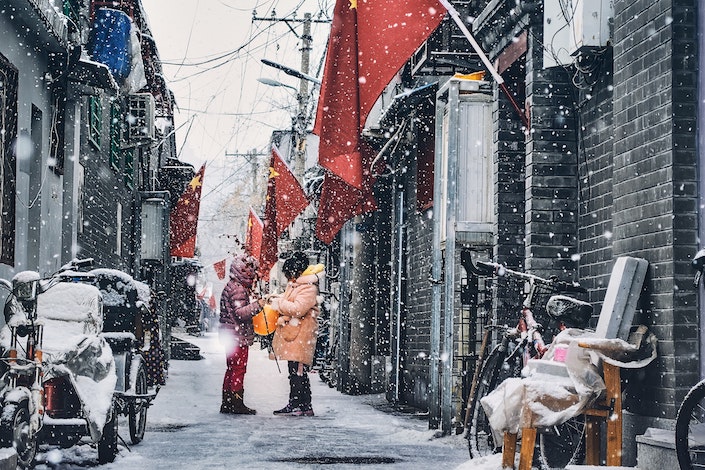
What is the Chinese winter solstice?
The Winter Solstice Festival (Chinese: 冬至 Dōngzhì) marks the longest night in the northern hemisphere, which occurs when the Earth's north pole is tilted farthest from the Sun. Dongzhi is one of the most important festivals celebrated by the Chinese.
After the winter solstice, consequent days will gradually become colder but increase in daylight hours, so the Chinese Winter Solstice Festival is a time for optimism and looking forward to the upcoming spring season.
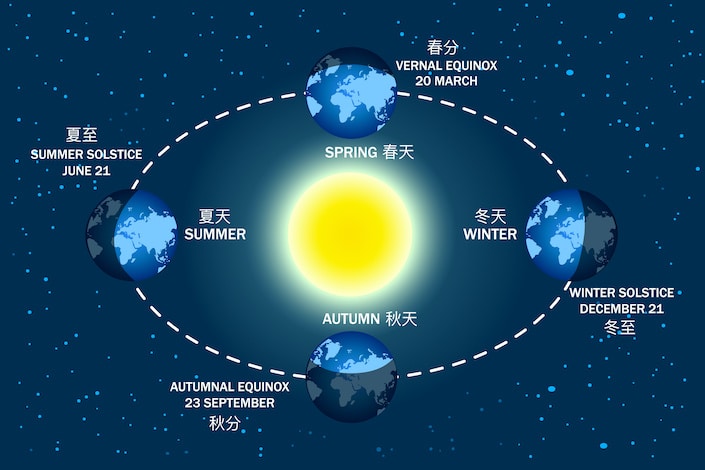
The winter solstice, which falls on a slightly different date each year, marks the shortest day in the Northern Hemisphere.
Winter solstice and the 24 Solar Terms
Each solar year (岁 suì) on the Chinese calendar is split into “solar terms” (节气 jiéqì) which mark astronomical events that cover a set time period such as equinoxes, solstices and other natural occurrences.
During the Shang dynasty (1,600 BCE - 1,046 BCE), the Chinese solar terms only consisted of four events, with the winter solstice being one of them (alongside the summer solstice and the spring and autumn equinox).
During the Han dynasty (206 BCE - 220 CE), the solar year was further split into 24 solar terms, which included other natural occurrences such as the start of autumn (立秋 Lìqiū), the period marking the descent of frost (霜降 Shuāngjiàng), and the period marking the coldest time of the winter (大寒 Dàhán).
Currently, the winter solstice is the 22nd solar term.
How was the Chinese Winter Solstice Festival traditionally celebrated?
Much like in other cultures around the world, the Chinese Winter Solstice Festival was regarded as an extremely important time and a major holiday in China.
In fact, there is a traditional saying: “冬至大如年” (Dōngzhì dà rúnián) which roughly translates to “the winter solstice is as important as the Chinese New Year.”
Records show that people worshiped the gods on the first day of the winter solstice in China as early as the Zhou dynasty (1046-771 BCE).
However, it wasn’t until the Han dynasty (206 BCE–220 CE) that the winter solstice became a winter festival celebrated across China.
Official workers and even common people were generally granted a day off, and much like the Chinese New Year, it was a time to return home and gather with family.
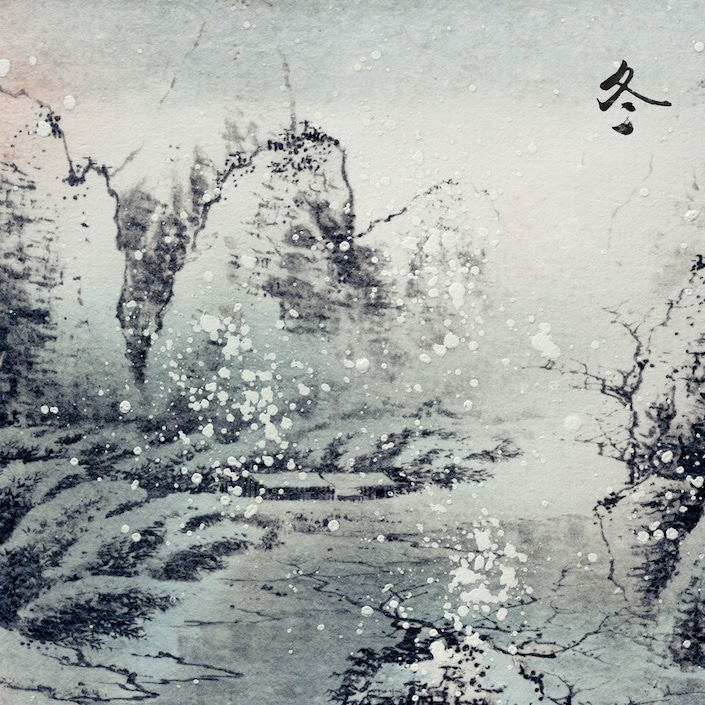
Winter solstice celebrations in China date all the way back to the Zhou dynasty.
Ancestral worship
In ancient China, it was customary for many people to offer sacrifices and pay their respects to their ancestors during the winter solstice.
Following sacrificial ceremonies, family members would generally gather and enjoy some sort of banquet.
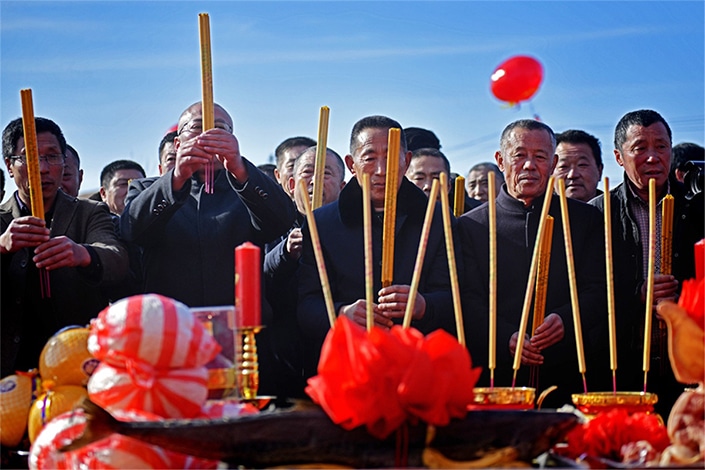
Ancient winter solstice celebrations included paying respect to one’s ancestors.
Agricultural activities
Around the time of the winter solstice, farmers would typically spend time carrying out basic maintenance and construction tasks involving their farmland.
For farmers growing crops like wheat and rapeseed, these tasks generally included plowing to loosen the soil and reapplying wax fertilizer to prevent the soil from freezing. Great care was taken to improve the tilth and fertility of the soil.
These agricultural practices remain important for farmers in modern China today. For example, in southern regions, a lot of effort is put into protecting rice seedlings from the cold. Since the winter is regarded as a resting period, it is a good opportunity to cultivate the soil and plow any land that needs plowing.
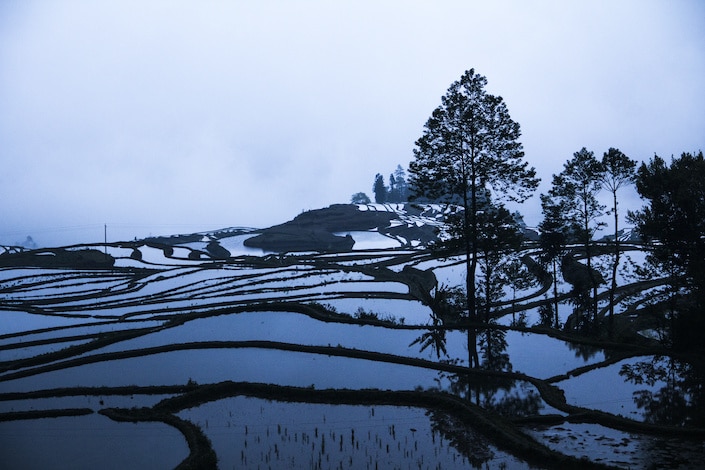
In winter, Chinese farmers must take special steps to protect crops from the cold and prepare the soil for spring planting.
How is the Chinese Winter Solstice Festival celebrated today?
Unlike other holidays such as Chinese New Year or Labor Day, the winter solstice is no longer a public holiday in modern China. Even so, many people still acknowledge it in one way or another.
Typically, people will use this day as an opportunity to hang out with their family or friends, prepare for the upcoming cold weather, or eat some delicious dishes especially prepared for the winter solstice.
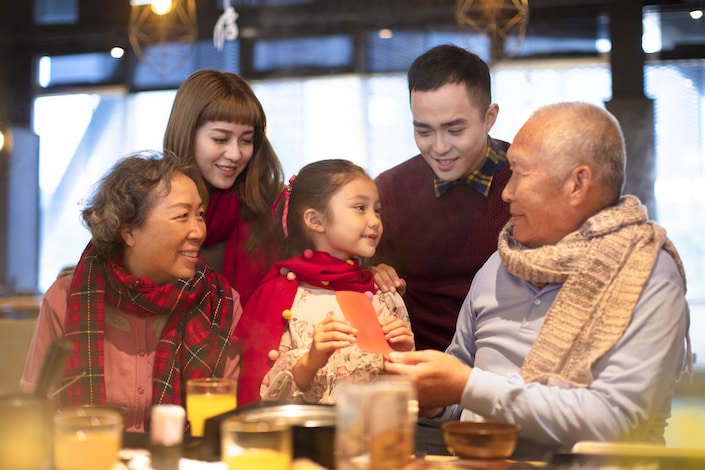
Winter solstice isn’t a public holiday in modern China, but many people still celebrate by eating special foods with family and friends.
Winter Solstice Festival foods
According to Traditional Chinese Medicine (TCM), the winter solstice has the strongest yin energy of the year, and it is therefore important to protect one’s yin and yang balance on this day. Therefore, a lot of emphasis is placed on eating foods that can rid your body of excess cold (驱寒 qū hán) and provide protection against cold weather.
Each Chinese region has its own customs. Here are some of the main dishes consumed during this time and in winter in general:
Dumplings | 饺子 jiǎozi
There is a popular saying in China that goes “冬至饺子夏至面” (Dōngzhì jiǎozi Xiàzhì miàn). This saying can be translated as “winter solstice dumplings and summer solstice noodles.” Other popular sayings include “Your ears won’t freeze if you eat dumplings on the winter solstice” (冬至吃饺子不冻耳朵 Dōngzhì chī jiǎozi bù dòng ěrduǒ).
A warm bowl of soft dumplings helps get rid of the cold and is a great comfort food. Many families hand make their own dumplings, and it’s common to see multi-generational families gathered around a table wrapping dumplings together. In some ways, this custom helps provide some emotional and physical relief from the bitter cold.
Wrapping dumplings together as a family is also a popular custom during the Chinese New Year (春节; chūnjié) which follows soon after the winter solstice.
Eating dumplings during the winter solstice is especially popular in China's northern regions, though this practice can be seen everywhere throughout China.
View this post on Instagram
Tangyuan | 汤圆 tāngyuán
According to another popular Chinese proverb, “The south eats tangyuan and the north eats dumplings” (南吃汤圆北吃饺 Nán chī tāngyuán běi chī jiǎo). Traditionally, tangyuan is considered the winter solstice food of choice in southern China.
Tangyuan is a sweet comfort food – typically a dessert, it consists of small white balls made out of glutinous rice flour which are boiled and served in a hot sweet broth (usually made with black sugar and ginger).
There are different types of tangyuan made with different fillings, but during the winter solstice the most popular choice is the “three colour winter balls” (三色冬节丸 sānsè dōngjié wán). These are just like typical tangyuan but with different colors.
Tangyuan is typically eaten together with family and so it is considered to be an auspicious food to consume during the solstice. The character 圆 (yuán) can mean to have a reunion (团圆 tuányuán) and to be satisfactory or perfect (圆满 yuánmǎn). Therefore, eating tangyuan during the winter solstice symbolizes a harmonious, cohesive and auspicious household.
View this post on Instagram
Rice cake | 年糕 niángāo
This is a popular staple, especially in Hangzhou. Traditionally, people in Hangzhou eat a different type of rice cake for every meal on the winter solstice.
The Chinese language includes many homophones (同音词 tóngyīncí). As a result, many characters and words have the same pronunciation.
Rice cakes (年糕 niángāo) are considered an auspicious and lucky omen because the characters sound the same as 年高 (niángāo high/lofty year), so you will often hear people wish each other “a better year, year after year” (一年更比一年高; yī nián gèng bǐ yī nián gāo).
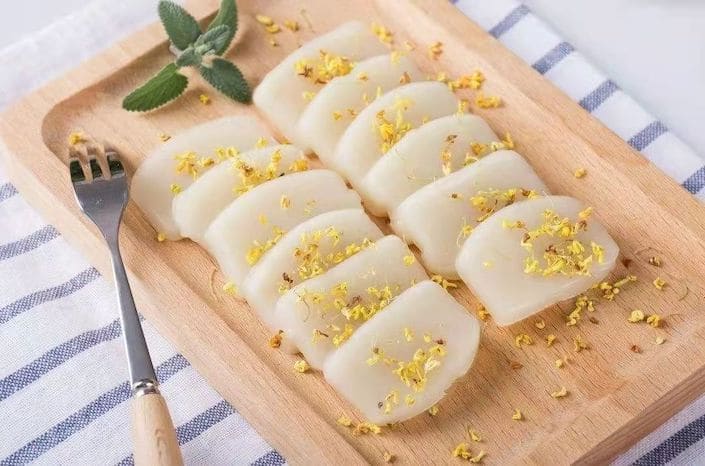
Rice cakes are a traditional winter solstice food in southern cities like Hangzhou.
Lamb soup
This is a popular winter solstice dish in northern China’s Shandong Province. According to legend, this soup was consumed by the first Han emperor Liu Bang (202–195 BCE) during the winter solstice. Ever since then, it has become a part of the winter solstice menu.
Lamb meat and broth is believed to nourish the body (滋补身体 zībǔ shēntǐ) and is thought to be a good food to eat to resist the cold (抵御风寒 dǐyù fēnghán).
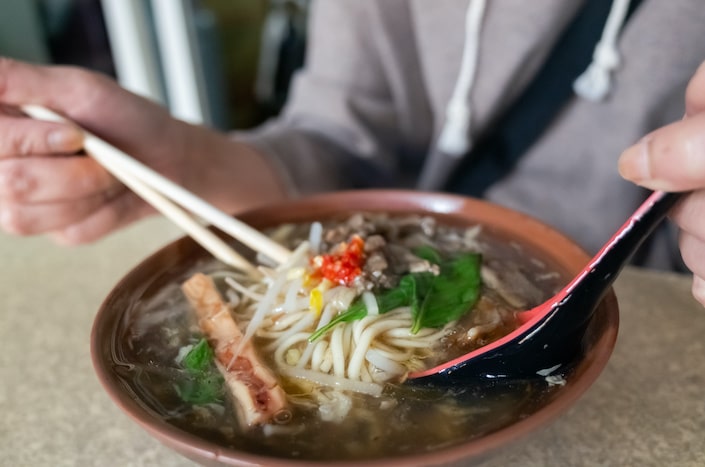
People from northern China believe that lamb soup is a good cold-weather food.
Red bean glutinous rice | 红豆糯米饭 hóngdòu nuòmǐ fàn
This is a popular dish in Jiangsu Province, though like all the other dishes mentioned in this article, it can be found all over China.
A warm ball of glutinous rice with red bean is believed to warm the stomach (暖胃 nuǎn wèi), warm the body (暖身 nuǎn shēn) and of course help people resist the cold (御寒 yùhán).
Rice Congee | 粥 zhōu
Another delicious warm comfort food is rice congee. Congee comes in a variety of different flavors, both sweet and savory.
Typical ingredients include glutinous rice, jujube, white fungus, walnuts, and yam. These ingredients are important in traditional Chinese medicine and this is thought to be another great dish for resisting the cold (御寒 yùhán).
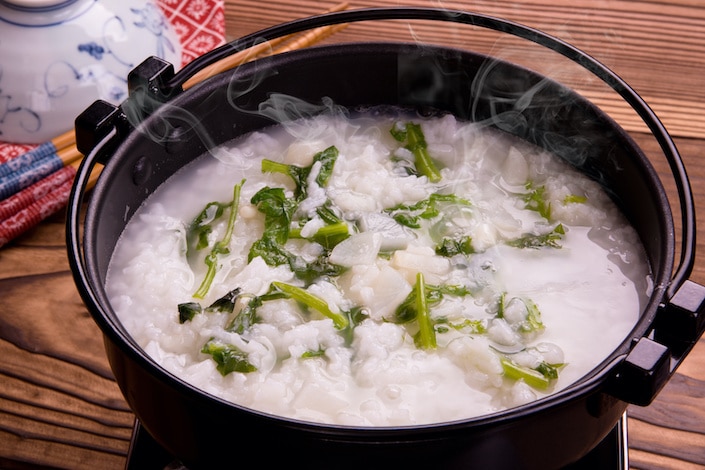
Rice congee is another traditional winter solstice food with warming properties.
Nuts | 坚果 jiānguǒ
According to TCM, nuts have the function of nourishing the kidneys and strengthening the brain and heart, so they are another highly encouraged food item to be consumed during the winter solstice.
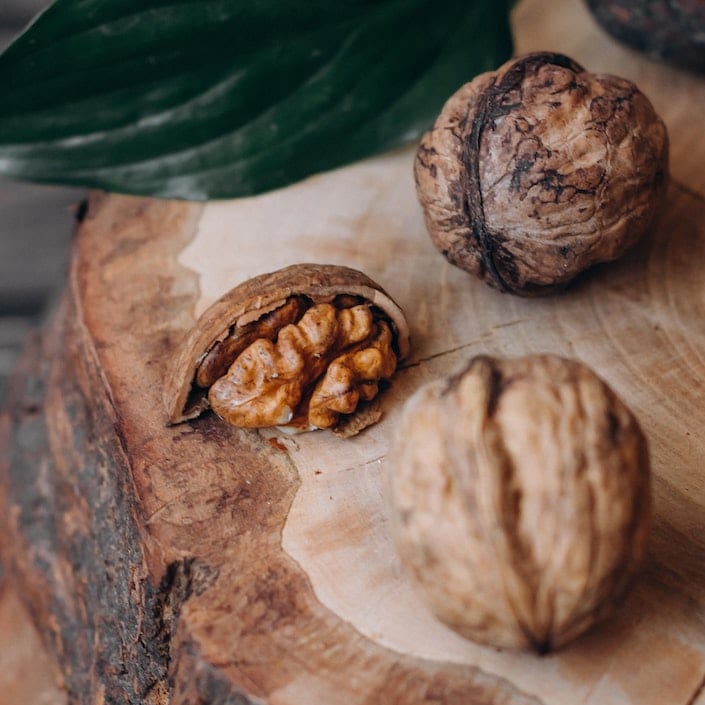
Nuts are another popular winter solstice snack.
TCM health suggestions
There is a traditional saying in Chinese which goes 药补不如食补 (yào bǔ bùrú shí bǔ), which translates to “better to remedy by food than by medicine.”
Traditional Chinese Medicine still plays an integral part in the modern Chinese diet, and many ingredients are specifically selected due to their healing properties.
People are encouraged to change their diets appropriately based on the seasons (适当调食 shìdàng tiáoshí). The principles of TCM heavily influence the majority of people’s food choices a good percentage of the time.
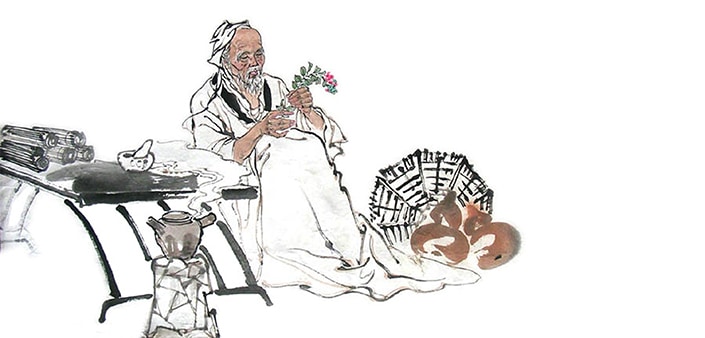
Many modern TCM concepts were first formulated by Bian Que, Chinese first physician.
If you have an intermediate level of Chinese and would like to challenge yourself, you can learn more by reading this article in Chinese regarding the benefits of adopting Chinese Medicine principles during the winter months.
Here are some TCM suggestions for maintaining optimal health during the winter solstice and the colder months in general:
Prioritize your kidneys
In TCM, the kidneys are considered to be the driving force in one’s life. Due to the restrictions on the flow of energy in one’s body during the colder months, the kidneys must prepare enough energy to manage increased heat expenditure.
Foods that help the kidneys work optimally are meats, beans, sweet potatoes and nuts, which is why you will see these ingredients appear rather often during the winter.
Take care of your mental health
After the winter solstice, the weather gets colder and harsher. The winter can be a depressing time for many, with outdoor activities greatly restricted due to the natural limits set by rain, snow, wind and ice. The days are shorter and so we naturally get less exposure to natural sunlight.
During this time, it is important to take care of one’s mental health (养心 yǎng xīn), which can be done by prioritizing time with family and loved ones, not worrying about trivial things, and prioritizing your physical health and comfort.
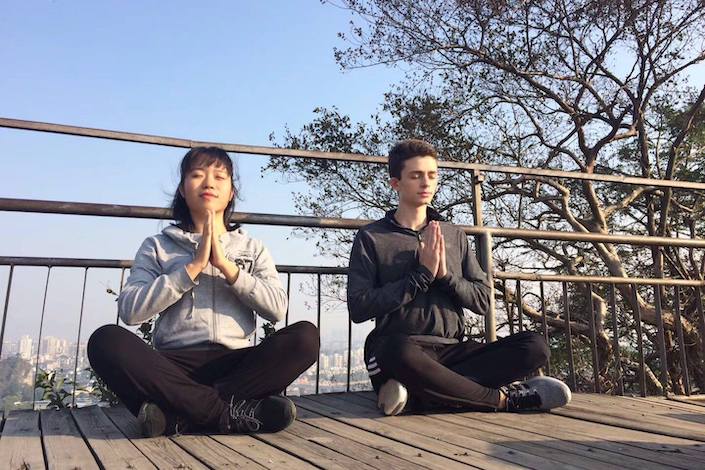
Winter can be a depressing time of year, so it’s important to remember to take care of your mental health during this time.
Avoiding the cold and staying warm
In the west there has been an increase in the popularity of “cold exposure,” which has been associated with boosting one’s immune system. You can easily find videos online of people jumping into frozen lakes or climbing snowy mountains half naked. In Traditional Chinese Medicine (TCM), however, this is a big no-no.
The most important health preservation technique during the winter solstice and the following weeks is to keep warm, since according to TCM, only when the body is warm can the blood flow smoothly throughout the body. A healthy blood flow helps maintain optimal health and prevent all kinds of diseases.
In Chinese medicine, the “cold starts from under the feet” (寒从脚下起 hán cóng jiǎoxià qǐ). Since the feet are the farthest away from the heart, the blood supply there is slower and generally restricted. The subcutaneous fat is thin, and so the level of warmth is quite poor. Therefore, a common TCM suggestion is to always keep your feet warm during the cold months.
Although it might be unrelated and completely coincidental, it is still interesting to note that in a lot of east Asian countries and especially in northern China, you will find a lot of homes that utilize underfloor heating systems (地暖 dìnuǎn) rather than radiators or fireplaces. Maybe this is done in order to keep the feet warm?
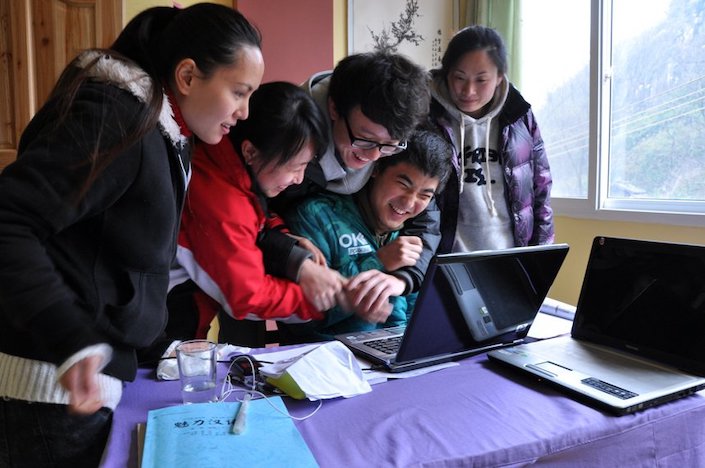
According to TCM, keeping warm is an important part of staying healthy during the winter months.
Keep warm and carry on
As the world slows down and we slowly enter hibernation mode with the approach of winter, it’s a good time to reflect over the year’s events and evaluate our goals with some retrospection.
If you want to use this opportunity to brush up on your Chinese language skills whilst staying cozy in the comfort of your own home, feel free to check out our online one-on-one Chinese classes by scheduling a free trial class today.
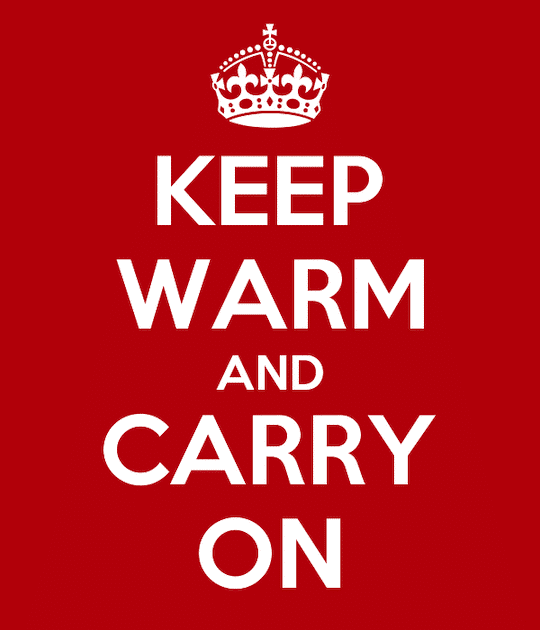
好好保暖哦~
Chinese winter solstice vocabulary
| Pīnyīn | Hànzì | Definition |
|---|---|---|
| 冬至 | Dōngzhì | the Chinese Winter Solstice Festival |
| “冬至大如年” | Dōngzhì dà rú nián | "the winter solstice is as important as the Chinese New Year" |
| 节日 | jiérì | holiday, festival |
| 节气 | jiéqì | solar terms |
| 传统习俗 | chuántǒng xísú | traditions |
| 中医 | zhōngyī | Traditional Chinese Medicine |
| "药补不如食补" | yào bǔ bùrú shí bǔ | "better to remedy by food than by medicine" (traditional saying) |
| 饮食 | yǐnshí | diet |
| 适当调食 | shìdàng tiáoshí | to adjust food appropriately |
| 御寒 | yùhán | to protect against the cold |
| 驱寒 | qū hán | to ward off the cold |
| 抵御风寒 | dǐyù fēnghán | to withstand the wind and cold |
| 滋补身体 | zībǔ shēntǐ | to nourish the body |
| 养心 | yǎng xīn | to nourish the heart/mind |
| 地暖 | dìnuǎn | floor heating |
| 同音词 | tóngyīncí | homophones |
| 团圆 | tuányuán | to have a reunion |
| 圆满 | yuánmǎn | satisfactory, perfect |
| 农事活动 | nóngshì huódòng | agricultural activities |
| “冬至饺子夏至面” | Dōngzhì jiǎozi Xiàzhì miàn | "dumplings in winter, noodles in summer" (traditional saying) |
| "南吃汤圆北吃饺" | nán chī tāngyuán běi chī jiǎo | "the south eats tangyuan and the north eats dumplings" (traditional saying) |
| "冬至吃饺子不冻耳朵" | dōngzhì chī jiǎozi bù dòng ěrduǒ | “your ears won’t freeze if you eat dumplings on the winter solstice” (traditional saying) |


